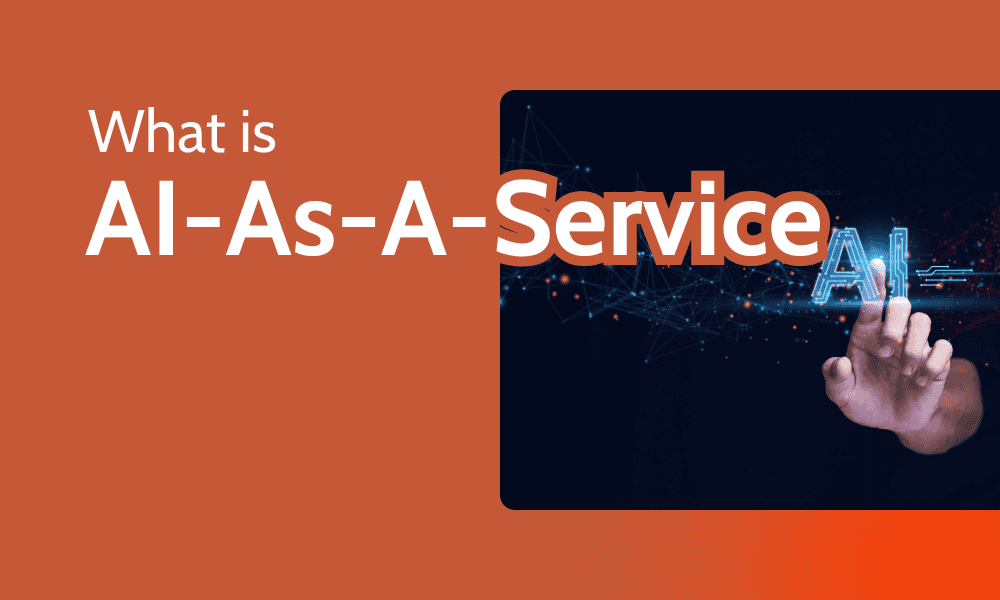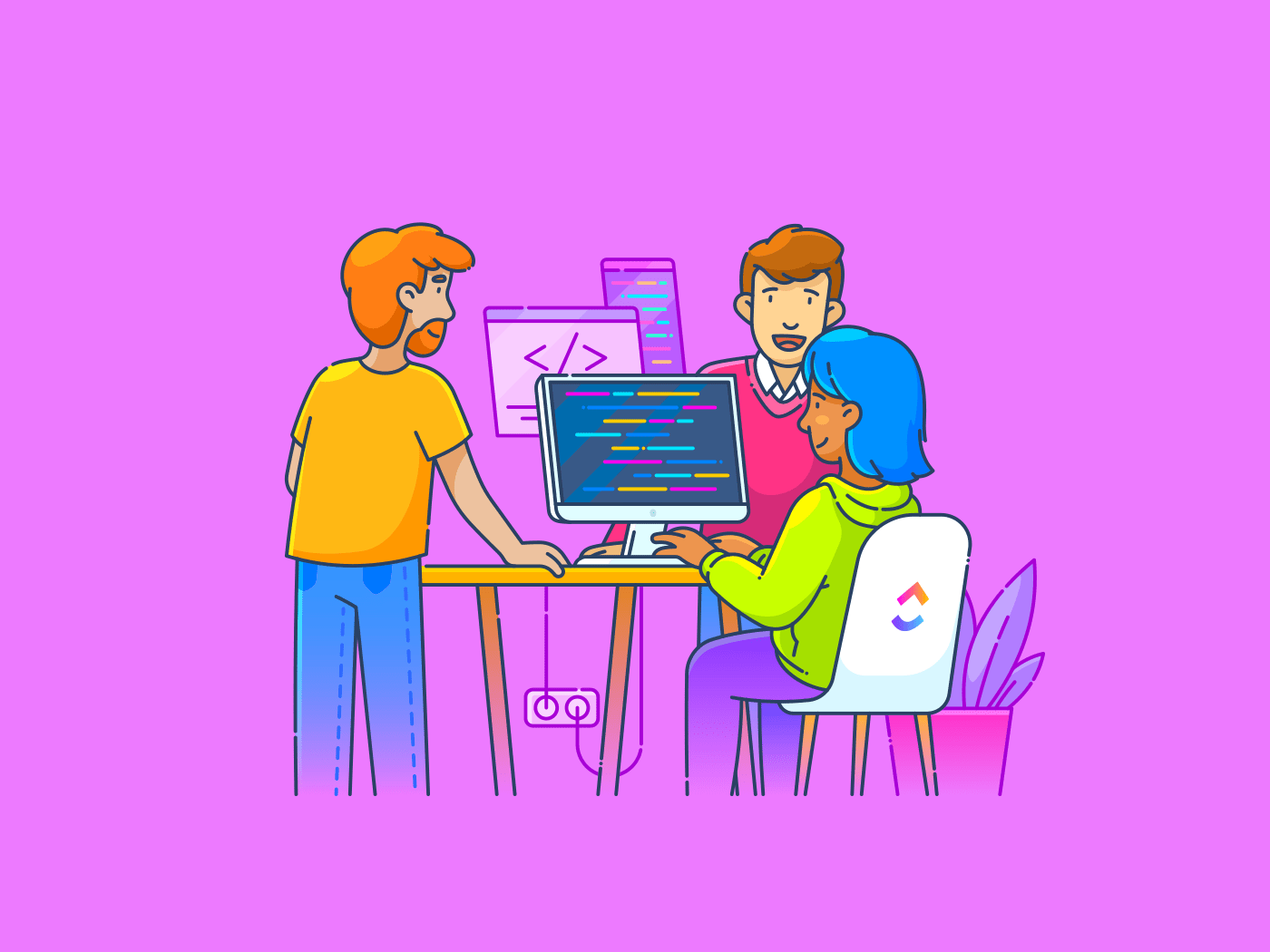SaaS Adoption is Skyrocketing, Resilience Hasn’t Kept Pace
SaaS platforms have revolutionized how businesses operate. They simplify collaboration, accelerate deployment, and reduce the overhead of managing infrastructure. But with their rise comes a subtle, dangerous assumption: that the convenience of SaaS extends to resilience.
It doesn’t.
These platforms weren’t built with full-scale data protection in mind. Most follow a shared responsibility model — wherein the provider ensures uptime and application security, but the data inside is your responsibility. In a world of hybrid architectures, global teams, and relentless cyber threats, that responsibility is harder than ever to manage.
Modern organizations are being stretched across:
- Hybrid and multi-cloud environments with decentralized data sprawl
- Complex integration layers between IaaS, SaaS, and legacy systems
- Expanding regulatory pressure with steeper penalties for noncompliance
- Escalating ransomware threats and insider risk
- Shrinking recovery windows and rising expectations for uptime
Built-in protections were never meant to handle this level of complexity, and they rarely do. By the time you realize the gap, the damage is already done.
Why Traditional Protection Falls Short
Too many businesses still rely on outdated, fragmented, or overly simplistic backup strategies. They assume that cloud equals safe; or worse, that native features like recycle bins or version history are “good enough.” But most built-in tools are shallow by design. They prioritize collaboration and performance, not resilience.
And while that’s great for getting work done, it’s not enough to keep your business running when the unexpected hits. Let’s break down the risks.
1. Human Error Is Ubiquitous
Start with a question: What’s the most common reason for data loss in SaaS environments? Simple mistakes. Data loss goes beyond cyberthreats and natural disasters. Files are deleted, syncs are misconfigured, records are overwritten in bulk by well-meaning users, rushed decisions, or miscommunication. These are everyday mistakes caused by trusted employees whose intentions are aligned with yours.
So, data risk is inherently part of owning data. But most SaaS platforms offer limited rollback options, and some don’t cover the specific types of data you actually lost. If you don’t catch the mistake in time, or if the data bypasses the recycle bin entirely, it’s gone; for many mistakes, recovery isn’t as simple as clicking “undo.”
As organizations lean more heavily on SaaS tools for business-critical operations, the cost of these errors rises. One wrong deletion shouldn’t derail a product launch, delay an audit, or disrupt customer service. But without a recovery plan that goes deeper than native tools, that’s exactly what can happen.
2. Legal, Compliance, and Regulatory Risks
Compliance is about proving you can find your data, restore it, and report on it quickly. In 2024, new regulations and smarter attackers raised the stakes even higher. Frameworks like GDPR, HIPAA, SOX, and NIS2 come with real teeth: heavy fines, operational disruption, and reputational damage.
Now, organizations can’t afford to rely on good intentions. They need tools built for full accountability. Unfortunately, most native SaaS platforms don’t give you that level of control or visibility, meaning they don’t meet most regulatory requirements. Retention policies are too short, recovery options too limited, and auditing capabilities too shallow.
Many industries require organizations to retain records for years, not weeks. Staying compliant (and staying in control) requires a real strategy and the right tools to back it up.
3. The True Cost of Data Loss
For some large enterprises, the importance of compliance is understood, but not necessarily prioritized. But, importantly, understand that fines you pay for data loss or noncompliance are just the minimum, mandatory cost. Even for the largest organizations with the heaviest checkbooks, downtime hits hard.
Data loss rarely stays in the IT department. Amid a crisis or serious incident, teams are pulled away from critical projects. Customers grow frustrated with lack of service. Revenue takes a hit as your business simply cannot continue operations. And beyond it all, trust with investors, partners, or the public begins to erode.
Too often, businesses treat data loss as hypothetical. But this landslide can start with a single missing file, record, or user. Ask any team that’s been through it, and you’ll hear, “once is enough.” Whether it was ransomware, accidental deletion, or a failed recovery, the damage is rarely isolated, and the true costs are never foreseen.
4. Internal Threats
Internal threats are some of the most underestimated risks out there, and some of the most damaging. Employees, contractors, and vendors with access to sensitive systems can expose data, whether by mistake or on purpose. With teams spread out and systems more open than ever, oversight is tougher, and internal threats can slip past traditional defenses. These aren’t headline-making attacks from the outside, but rather quiet breaches from within. By the time you catch them, critical data may already be gone.
Whether malicious or accidental, insider threats are one of the most underestimated risks in SaaS. With teams working across locations, systems, and devices, visibility is limited — and oversight is tougher than ever.
Access mismanagement, privilege creep, and poor Role-Based Access Control (RBAC) hygiene can expose sensitive data in ways external actors never could. Most SaaS platforms weren’t built to detect or respond to these kinds of quiet, internal failures.
5. Cyberthreats Are Evolving Faster Than Defense
Today’s attacks steal data, corrupt environments, and pressure businesses through multi-phase extortion. Groups like Akira have shown how easily attackers can pivot into SaaS environments, exploiting token misconfigurations and shared credentials, leading the charge on ransomware for 18 consecutive months. If something as quiet, indiscriminate, and devastating as Akira is ransomware’s most common form, it’s impossible to foresee the true danger of cyberthreats in coming years.
What we do know is that, in 2024, the average ransom payment exceeded half a million dollars, and targeted organizations of every size, type, and industry. Even when data isn’t encrypted directly, business operations still grind to a halt. And in a multi-cloud world, one compromised app can cascade across others.
SaaS providers aren’t built to defend your business against these threats. They’ll keep the lights on. They won’t get your data back.
6. Recovery Speed Defines Success
Disruptions come in many forms — ransomware, outages, natural disasters — and when they hit, the clock starts ticking. Most teams aren’t set up to recover quickly enough. According to Gartner, ransomware recovery often drags on for weeks. Downtime cuts into revenue, frustrates customers, and drains internal resources. In sectors like healthcare, finance, and government, where every minute counts, the cost can escalate fast.
Customers expect availability. When systems go dark, patience wears thin, and brand trust takes a hit. But in many organizations, recovery is still manual, clunky, or all-or-nothing. You’re forced to choose between waiting hours to restore everything — or giving up on what’s lost.
The Lesson is Clear
The shift to SaaS has reshaped how organizations approach data management, revealing crucial lessons about efficiency, agility, and resource optimization. Modern businesses have the potential to thrive when they adopt a SaaS data solution, which remains the clear, strategic choice for future-ready IT operations. But as we’ve seen, the bar is set high.
What Modern SaaS Data Resilience Looks Like
SaaS applications are incredibly powerful — but they also introduce real risk to your data. Protecting that data isn’t easy, but it’s essential. Doing it right means having the ability to:
- Restore data quickly and precisely — even down to a single object or record
- Run automated, policy-driven backups without constant oversight
- Build in security from the start with features like immutability, encryption, and RBAC
- Align retention policies with your compliance obligations
- Manage everything — SaaS, IaaS, hybrid — from a single, unified interface
It’s a long list. And a complex one. But modern resilience isn’t just a checklist — it’s a mindset. And it demands a platform built to keep up. For everything you need to know, read this e-book:
6 Essential Traits of Modern SaaS Data Resilience
SaaS Data Resilience with Veeam Data Cloud
Protecting your data shouldn’t be complicated. With Veeam Data Cloud, you’re empowered by a unified cloud platform, integrating industry-leading innovation, modern cloud-native technologies, and powerful AI acceleration to secure, protect, and manage your data wherever it resides.
- Realize True Resilience: Ensure uninterrupted business operations through intelligent automation, policy-driven protection, and precise, rapid recoveries.
- Embed Security at Every Level: Safeguard your sensitive data proactively with integrated Zero Trust architecture, robust encryption, immutability, and intelligent threat detection.
- Drive Operational Excellence: Streamline operations, significantly reduce total cost of ownership (TCO), and boost efficiency with an intuitive, AI-accelerated interface.
Don’t wait for disruption to test your readiness. Choose Veeam Data Cloud and confidently embrace a future where your data resilience strategy actively drives efficiency, compliance, and business continuity.










